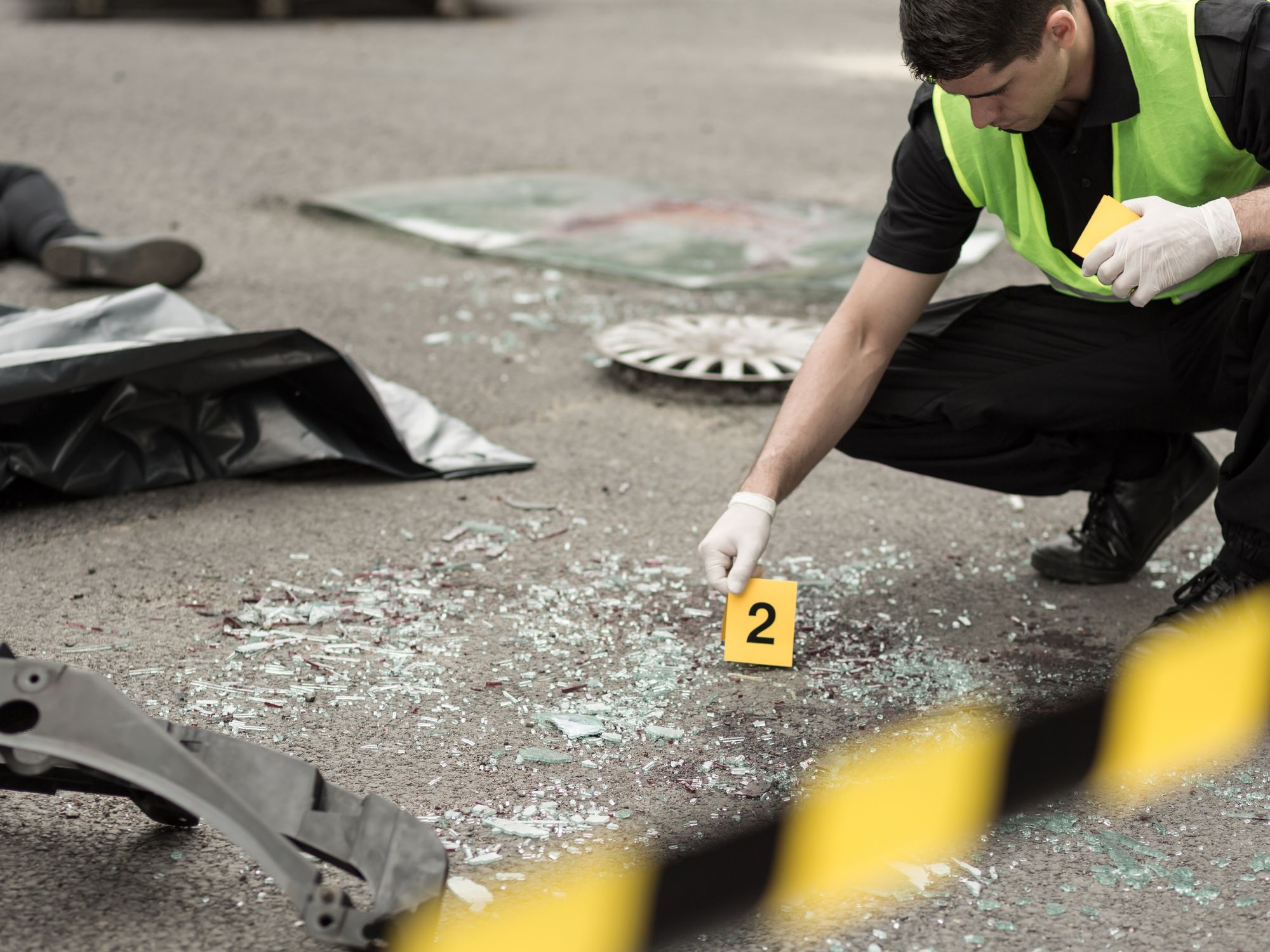Why investigate accidents?

- Conclusions emerging from an accident investigation can be essential to preventing future accidents.
- Identifying root causes, exposing errors in processes, and correcting unsafe actions or procedures are among the key objectives of an accident investigation.
When an investigation is performed properly, the results can provide important information to help prevent future accidents. Breaking the chain of accident repetition is one of the most important reasons for accident investigations.
Showing concern for employees is another important aspect. Thorough investigations show employees that their employer is committed to providing a healthy and safe working environment. In contrast, poor accident investigations that only address what happened (or blame employees) may give employees the impression that the company doesn’t care about them.
Unfortunately, many employers and employees feel that the main reason for accident investigation is to find fault. Worse, supervisors may openly reprimand those involved in an accident in front of their peers. Employees may be suspended from work, reassigned to a different work area, or required to attend refresher training. Some employees may even be fired for being involved in an accident. Such consequences discourage interest and participation in the accident investigation. Participation can be encouraged, however, if employees understand the importance of accident investigations and the reasons for conducting an investigation.
Investigation objectives
To promote the need for accident investigations, it is a good idea to have some main objectives in mind. While there are more than four objectives, at least these four should always be considered:
- Demonstrating to employees that their safety and well-being is of highest priority,
- Examining the circumstances in which the accident occurred,
- Determining what changes need to be made to correct the immediate problem(s) that appeared to have caused the accident, and
- Analyzing the entire safety management process to prevent accidents and the recurrence of accidents.
Identifying root causes
Identifying root causes is the central purpose behind accident investigations. The goal should be to identify failures at a deep level in order to prevent not only a recurrence of the accident, but all potential accidents stemming from the same root cause.
Exposing errors in processes
Exposing errors in processes is an important part of the investigation because one or more errors may have played a part in the accident. The following list provides some examples of possible errors in processes:
- Lack of proper tools or equipment,
- Lack of guards or similar safety devices,
- Unsafe or defective equipment,
- Poor housekeeping,
- Improper use of tools or equipment,
- Lack of protective clothing and equipment,
- Inattention or neglect of safe practices,
- Lack of awareness of hazards involved,
- Improper training, or
- Failure to follow prescribed procedures.
Correcting unsafe acts and conditions
While investigating an accident, some unsafe conditions likely will be discovered. In addition to conditions that may have caused the accident, other conditions that may have contributed to the accident in some way might also be discovered.
